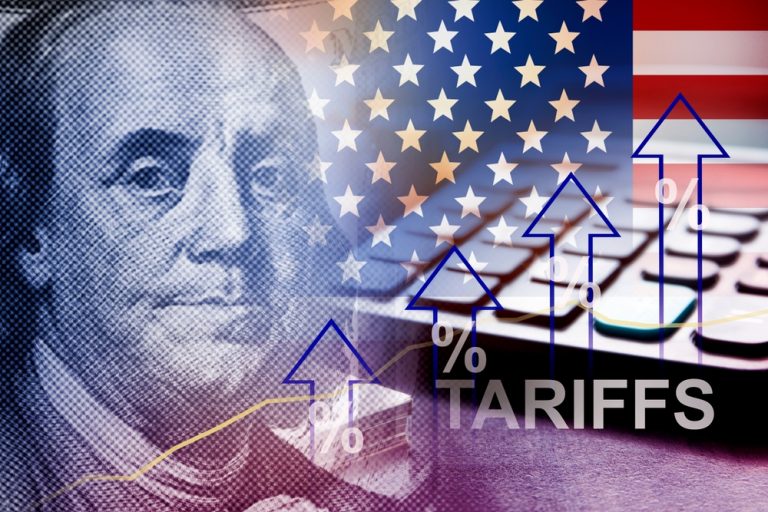President says 70% duties coming as trade deals stall
President Donald Trump announced Thursday that his administration will begin reinstating tariffs of up to 70% on imports from dozens of countries starting Friday, citing the slow progress of trade negotiations ahead of the July 9 deadline.
Speaking to reporters at Andrews Air Force Base, Trump said the White House would send out letters to 10 to 12 countries at a time, targeting nations that have not yet finalized trade deals with the United States. The tariff levels will vary between 10% and 70%, depending on the country and the status of negotiations.
“We have more than 170 countries, and how many deals can you make?” Trump said. “They’re very much more complicated.”
The new tariffs are part of the president’s “reciprocal” trade strategy, announced on “Liberation Day” in April, when Trump initially imposed sweeping tariffs that rattled global markets. A 90-day pause was enacted shortly after to allow for talks, but that window now closes on July 9. Trump made clear he does not intend to extend the deadline.
Only two deals completed so far
Despite promises of “90 deals in 90 days,” formal agreements have only been announced with the United Kingdom and Vietnam. A temporary truce was reached with China, lowering tariffs from a peak of 145% to a current rate of 30% on Chinese goods. Talks with the European Union have yielded a tentative framework to avoid 50% duties, but no final deal has been confirmed.
Treasury Secretary Scott Bessent said roughly 100 countries may face tariffs around 10%, depending on how Trump assesses their negotiating efforts. “We’re going to do what the president wants,” Bessent told Bloomberg. “And he’ll be the one to determine whether they’re negotiating in good faith.”
Trump expressed skepticism about reaching a deal with Japan, stating, “I doubt it,” and reiterated that “by the ninth they will be fully covered.”
Uncertainty looms over global trade
Trump’s aggressive stance and compressed timeline have sparked concern among business leaders and trade experts. American firms remain on edge, with no clarity on which countries will be targeted next or what products will be affected.
Marc Short, former White House legislative director, noted the gap between the administration’s ambitious goals and the current state of play. “We were promised ‘90 deals in 90 days.’ What we have at this point are ‘general frameworks’ for the U.K. and China,” he told Politico.
With the July 9 deadline days away and Trump preparing to expand his tariff policy further, businesses and markets now brace for a new wave of trade-related disruptions.


